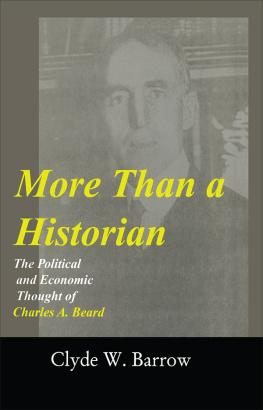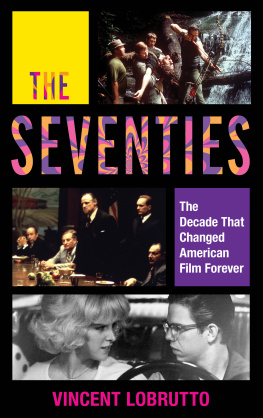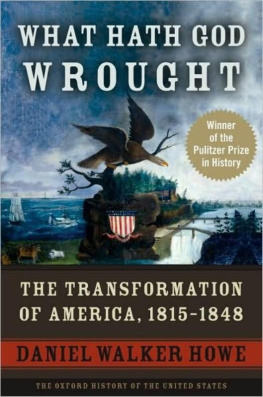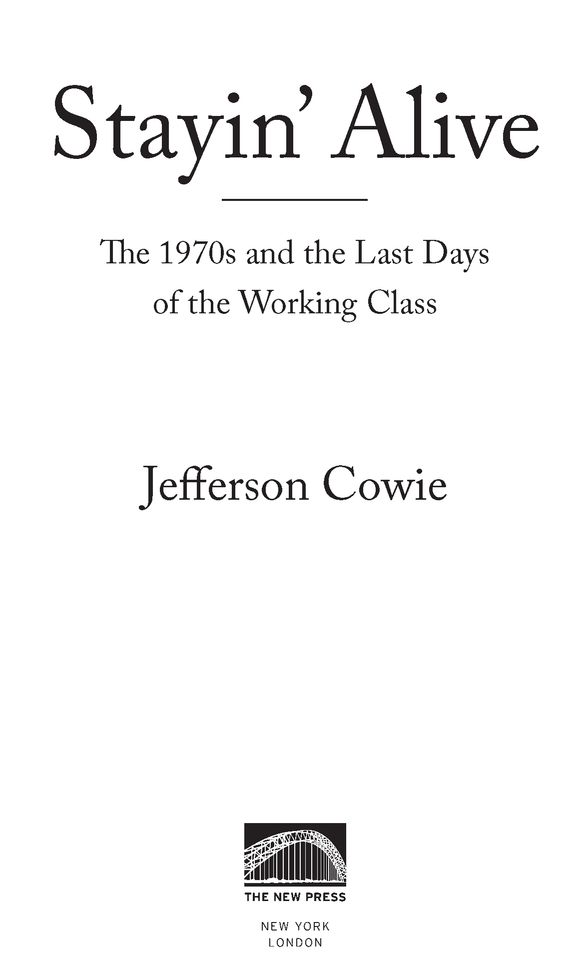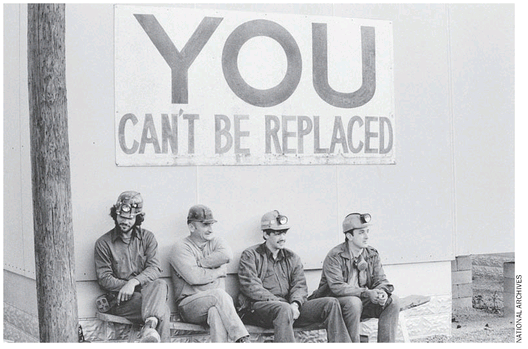Table of Contents
ALSO BY JEFFERSON COWIE
Capital Moves: RCAs Seventy-Year Quest for Cheap Labor
Beyond the Ruins: The Meanings of Deindustrialization
(edited with Joseph Heathcott)
The Long Exception: An Interpretation of the New Dealf rom FDR to Obama
(with Nick Salvatore, forthcoming)
for Aliya and Aidan
living proof
Pike County, Kentucky, 1979
And fear the time when the strikes stop while the great owners livefor every little beaten strike is proof that the step is being taken.
JOHN STEINBECK
INTRODUCTION
Somethings Happening to People Like Me
At only twenty-six years of age, sporting long sideburns, slicked back hair, and mod striped pants, autoworker Dewey Burton could barely contain his rage over the state of politics or his frustration with his job in the spring of 1972.
Dewey loved nothing more than customizing and racing automobiles, transforming old parts into dazzling metallic-flake creations, but he could barely tolerate his job at the Wixom Ford plant just outside of Detroit where he felt sentenced to a trivial role in assembling them. Satisfied with his pay, he was part of a widespread movement across the heartland fighting the mind-numbing tedium of industrial production. Reflecting the broad discontent on the floors of the nations factories, some of which grew into open revolt, he remarked, I hate my job, I hate the people I work for.... Its kind of stupid to work so hard and achieve so little.
Politically, Burton identified himself as a committed New Deal Democrat, but he was livid over plans to bus his son across Detroit in order to conform to the Supreme Courts idea of racial integrationpolicies driving his politics quickly to the right. Like the nation as a whole, Burton was simply being torn in too many directions at once. He was a figure in transition, the type of person journalist Pete Hamill had in mind when he wrote The working-class white man is actually in revolt against taxes, joyless work, the double standards and short memories of professional politicians, hypocrisy and what he considers the debasement of the American dream.
Dewey Burton may not have been the typical disgruntled worker of the 1970s, but the New York Times believed that he came pretty close. He proved to be an able ambassador to the newspapers professional middle-class readership interested in the increasingly exotic state of disaffected blue-collar America. He first surfaced in a New York Times article on industrial discontent at the Wixom plant in 1972. Shortly thereafter, a reporter selected him to explain to an incredulous readership the reasons for northern workers support for backlash populist and presidential candidate Alabama governor George Wallace, to whom Burton had turned because of his opposition to busing. The New York Times returned to interview Dewey during the fall 1972 campaign, the 1974 midterm elections, and the presidential contests in 1976 and 1980. Smart and well spoken, Burton had a demeanor that merged proletarian and mod, greaser and beatnik into a synthesis of optimistic sixties unrest and claustrophobic seventies resignation that would be hard to sustain as the decade unfolded. As a result, Burton noted, I received my fifteen minutes of fame four times.
The media attention lavished on workers like Burton was part of a broad blue-collar revival in the 1970s, as working-class America returned to the national consciousness through strikes, popular culture, voting booths, and corporate strategy. Making sense of what Newsweek called the far-ranging, fast spreading revolt of the little man against the Establishment bordered on a national obsession. Fortune, along with countless other magazines and television news features, recognized the workers of the early seventies as restless, changeable, mobile, demanding and headed for a time of epic battle between management and labor given the angry, aggressive and acquisitive mood in the shops. As many big contracts expired, inflation ate up wage gains, and workers challenged the rules of postwar labor relations, the country witnessed the biggest wave of strike activity since 1946 (which was the biggest strike year in all of U.S. history). In 1970 alone there were over 2.4 million workers engaged in large-scale work stoppages, thirty-four massive stoppages of ten thousand workers or more, and a raft of wildcats, slowdowns, and aggressive stands in contract negotiations. Like so many other observers of the seventies labor scene, Time magazine connected the seventies unrest to the battered ideals of the Depression decade. Blue collar workers, the newsmagazine reported, are gaining a renewed sense of identity, of collective power and class that used to be called solidarity.
Despite the frequent analogies to Depression-era militancy that often cropped up in coverage of the nations blue collar blues, the workers bursting upon the national stage in the seventies were hardly the stock proletarian character of the 1930s popular imagination. They appeared less as social-realist heroes of the industrial age than in ways that were simultaneously profound and strange, militant and absurd, traditional and new, male and female, insurgent and reactionary, as well as white, black, and brown. Whether re-christened as the hardhats, the unmeltable ethnics, the forgotten man, the Silent Majority, the working class majority, the middle Americans or the new militants depended upon at whom the observer looked; whether the Dewey Burtons of the world were in the midst of an industrial insurgency or political backlash depended upon where the observer stood. The acid-dipped lyrics of urban jazz poet Gil Scott-Heron may have captured the basic tension best: America doesnt know whether it wants to be Matt Dillon or Bob Dylan. Indeed, as the crosscurrents affecting Burton begin to suggest, whether the country wanted to be led, tall in the saddle, to a restoration of the ancien rgime, cowboy style, by Marshall Matt Dillon of the television show Gunsmoke, or whether it wanted to meld the workerism of Woody Guthrie with the New Politics of the sixties la early Bob Dylan remained one of the core dilemmas of the decade. In the 1970s, labor leader Gus Tyler declared, fury comes easily to the white worker. He is ready for battle. But he does not quite know against whom to declare war.
I
Political forecasters in the seventies saw working peoples hope layered with anxiety and their traditions undermined by a confusing phalanx of new problems. The seventies had the potential, as two labor intellectuals put it, of becoming Labors DecadeMaybe. Advancing the old class politics of the thirties in concert with the new social movements of the sixties could make the 1970s not the dawning of the Age of Aquarius, but a new era for the workingman. Famed left wing intellectual Michael Harrington, trying to make sense of the crosscurrents in blue-collar America, said that the nation was moving vigorously left, right, and center at the same time.
Burton found himself caught in the turbulence. After the tumultuous 1968 primary campaign and the disaster of the Chicago Democratic Convention, he readily toed the unions line for their bread-and-butter man, Hubert Humphrey. Regarding himself as a union man coming from a long line of F.D.R. Democrats, it seemed the only sensible position for a worker to take. People have been telling me since I was a child that when the Democrats were in office, everybody was put to work, Dewey noted. That 1968 race, however, was the last time Burton would call himself an unwavering Democrat as busing all but shattered his faith in the mainstream of the party. Extending the separate-is-not-equal logic of


